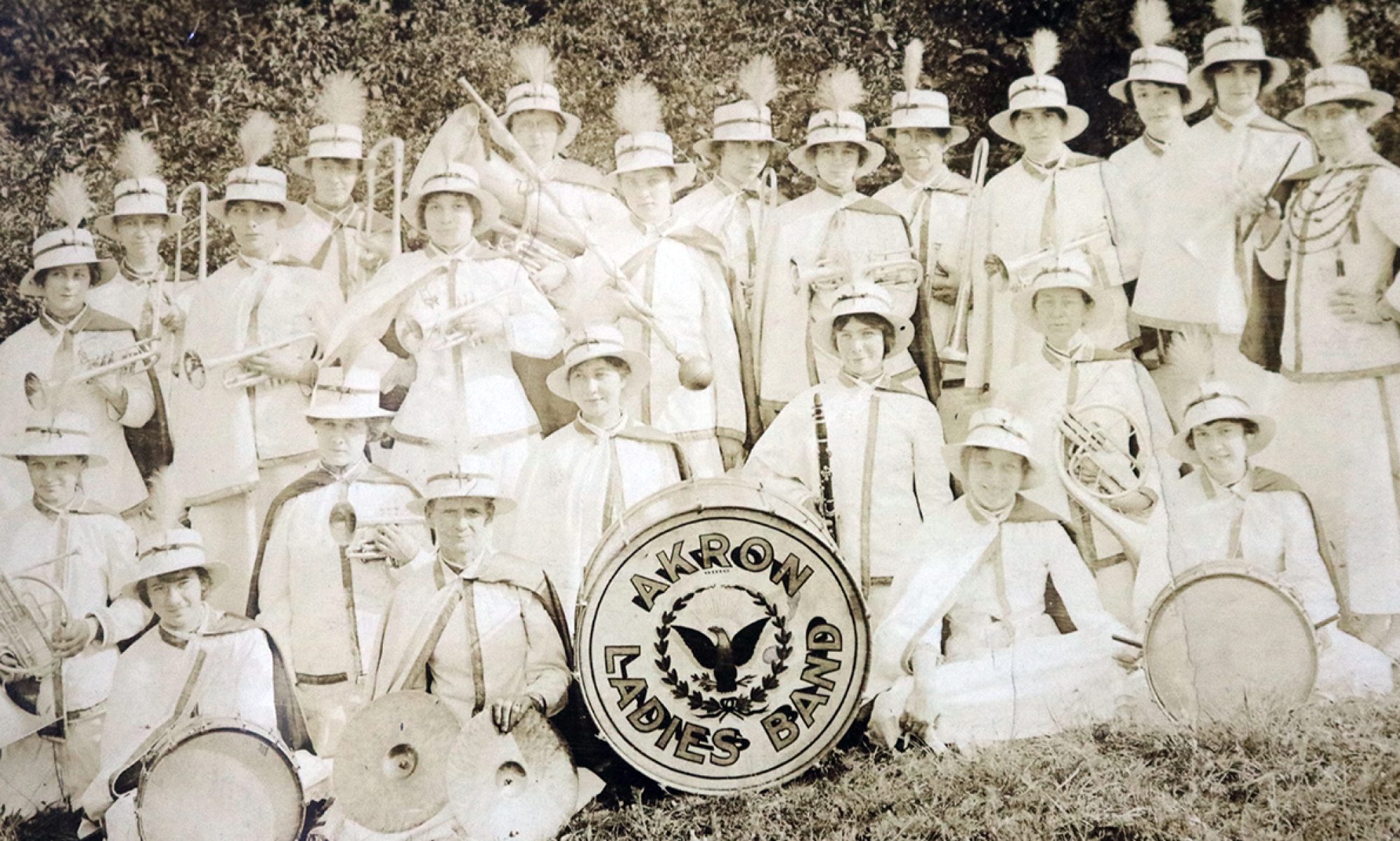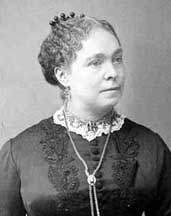
Emily Bronson Conger, a revolutionary 19th century woman, was a role model for women who wished to pursue nontraditional paths.
The granddaughter of Herman Bronson, founder of Peninsula, Ohio, Conger came from strong patriotic stock. Little is known about her early years and education. She married Union Civil War Col. Arthur Latham Conger around 1865, and they had three sons-Kenyon B., Arthur W, and Latham H. Conger.
Conger’s husband was a successful farmer and Akron industrialist. When he was elected treasurer of Summit County, she joined his administration as deputy county treasurer. This was unusual, because women had not been granted the right to vote at that time.
In addition to her official role in county government, Conger was talented in music and volunteered at St. Paul’s Episcopal Church. She was a natural hostess and was often giving grand social parties.
Being the patriot that she was, it was natural for Conger to take interest in organizations like the Dames of the Loyal Legion, the Order of the Eastern Star and the Women’s Relief Corps. She started the Cuyahoga Portage Chapter of the Daughters of the American Revolution.
Shortly before her husband’s death in 1899, Conger embarked on a new journey. The study of osteopathy fascinated her because she had seen the miraculous recovery by her husband after a serious stroke. She studied at a school in Missouri and was one of the first women in the United States to be given a degree in the field. She firmly believed in the practice and resisted efforts to prohibit it and became vice president of the American Association of Osteopathy.
After her husband’s death, Conger traveled with one of her sons to the Philippines to work with American soldiers. She also helped care for mothers and their babies. Known as Senora Blanca by the natives, she wrote a book called An Ohio Woman in the Philippines, based on her experiences.
Photo courtesy of the Women’s History Project of the Akron Area.
–Penny Fox




